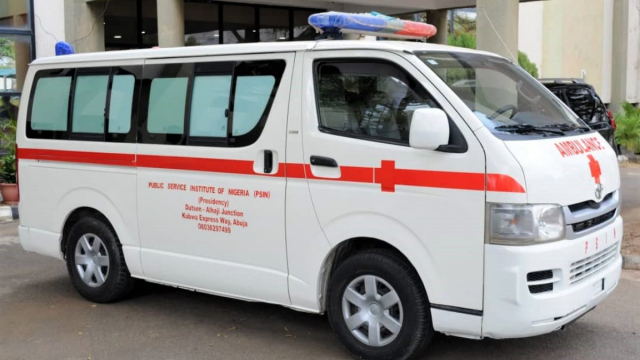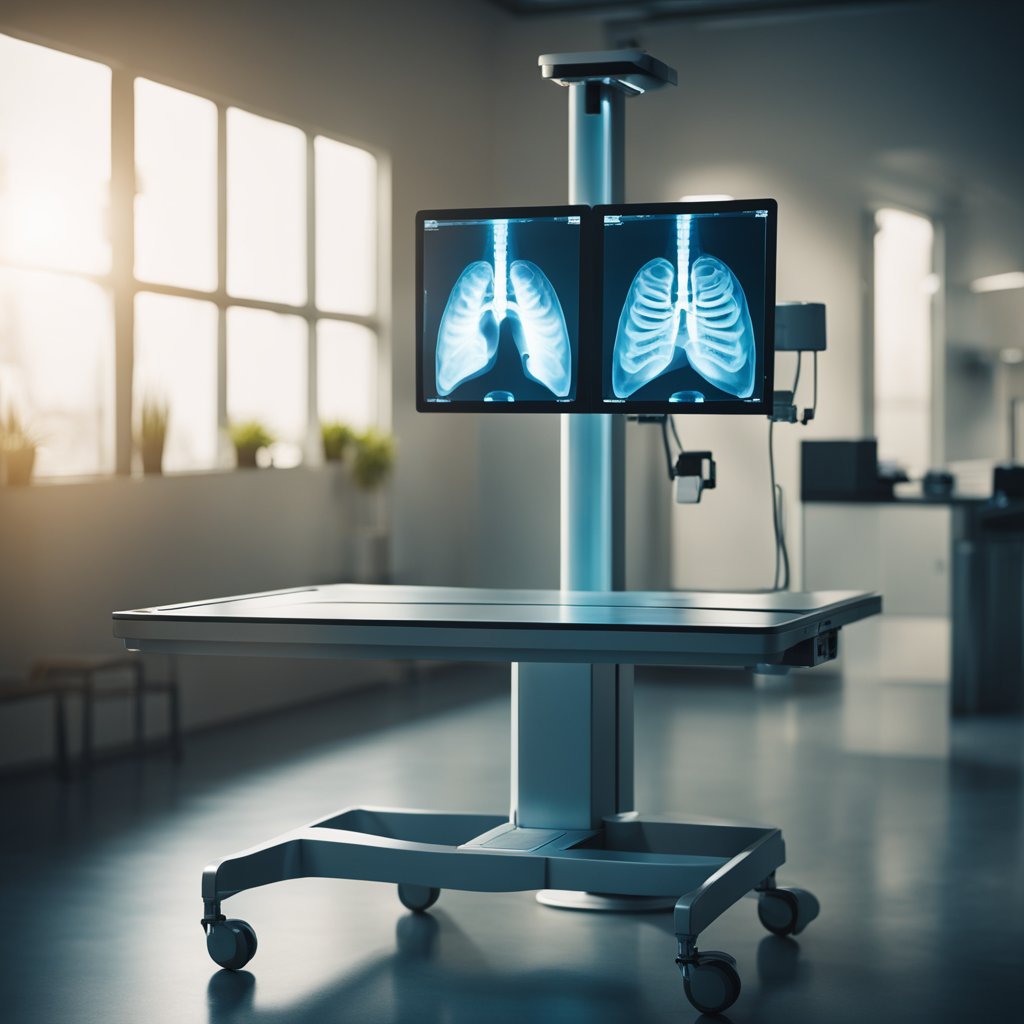Medical emergencies can happen at any time, requiring swift and efficient responses to ensure timely access to critical healthcare services. In such crucial moments, Medical Ambulance Services emerge as lifelines, playing a pivotal role in bridging the gap between emergency situations and prompt medical care. This article explores the significance of Medical Ambulance Services and their contributions to enhancing healthcare accessibility.
In the realm of healthcare, ensuring timely and efficient transportation for patients is a critical component that directly impacts the quality of medical care and overall patient experience. Patient Transport Services play a vital role in bridging the gap between medical facilities and individuals who require assistance in reaching their healthcare destinations. This article explores the significance of Patient Transport Services, their key features, and the positive impact they have on healthcare accessibility.
The Vital Role of Medical Ambulance Services:
Rapid Response and Emergency Transport:
Medical Ambulance Services are designed to provide immediate response and emergency transportation for individuals facing life-threatening situations. Whether it’s a sudden cardiac event, trauma, or any other medical crisis, ambulances are equipped to offer rapid transport to the nearest medical facility.
Private ambulance services are known for their prompt response to emergency calls. Equipped with advanced communication systems and strategically stationed vehicles, these services can reach the scene of an incident quickly, minimizing the crucial time between the emergency and the initiation of medical care.
Mobile Intensive Care Units (MICUs):
Ambulances are not just vehicles for transportation; they are often equipped as Mobile Intensive Care Units (MICUs) with advanced medical equipment. This includes cardiac monitors, defibrillators, ventilators, and other essential tools that allow emergency medical personnel to provide critical care on the way to the hospital.
Access to Specialized Care:
Medical Ambulance Services play a crucial role in ensuring that patients reach specialized medical facilities in a timely manner. This is particularly important for individuals in need of specialized treatments, surgeries, or interventions that may not be available at the nearest healthcare facility.
Trauma Care and First Aid:
Ambulance crews are trained to provide immediate trauma care and first aid at the scene of an incident. This quick response can significantly improve patient. Outcomes by stabilizing their condition before reaching the hospital.
Critical Time Savings:
In medical emergencies, time is of the essence. Medical Ambulance Services contribute to critical time savings by navigating through traffic. Utilizing dedicated lanes, and ensuring swift transport to medical facilities. These time savings can be life-saving, especially in cases such as heart attacks or strokes.
Community Health Outreach:
Ambulances are not limited to emergency response; they also play a role in community health outreach. Medical Ambulance Services can be involved in health education, preventive care, and community-based medical programs to enhance overall public health.
Integration with Emergency Services:
Medical Ambulance Services are an integral part of the emergency services network. They work in coordination with other emergency responders, such as fire departments. And law enforcement, to provide a comprehensive and organized response to various incidents.

Understanding Patient Transport Services:
Patient Transport Services encompass a range of specialized transportation solutions designed to cater to the diverse needs of patients. These services are particularly crucial for individuals with medical conditions, mobility challenges, or those requiring non-emergency transportation to and from healthcare facilities. The primary goal is to provide a safe and comfortable journey for patients, ensuring they reach their medical appointments on time.
Key Features of Patient Transport Services:
Non-Emergency Transportation:
Patient Transport Services primarily focus on non-emergency medical transportation. This includes scheduled trips for medical appointments, diagnostic tests, rehabilitation sessions, and other non-urgent healthcare needs.
Adaptability:
Patient Transport Services are adaptable to different medical requirements. Whether the patient needs basic assistance, wheelchair accessibility, or specialized medical equipment during transport, these services are equipped to meet various needs.
Trained Personnel:
The staff involved in Patient Transport Services are often trained to handle medical situations. They may include drivers trained in basic medical assistance, ensuring the safety and well-being of patients during transit.
Accessibility for All:
Patient Transport Services are designed to be inclusive, catering to individuals with varying levels of mobility. This inclusivity is achieved through the availability of vehicles equipped with features like wheelchair ramps and lifts.
Appointment Scheduling:
Patients can schedule transportation services in advance, allowing for better planning and coordination with healthcare providers. This helps in minimizing delays and ensuring punctuality for medical appointments.
The Impact on Healthcare Accessibility:
Timely Medical Care:
Patient Transport Services contribute significantly to ensuring that patients receive timely medical care. This is especially crucial for individuals with chronic conditions who require regular check-ups and treatments.
Reduced Dependence on Emergency Services:
By providing non-emergency transportation options, Patient Transport Services help reduce the strain on emergency medical services. This ensures that ambulances and emergency resources are available for critical and time-sensitive situations.
Enhanced Patient Experience:
Navigating transportation challenges can be stressful for patients. Patient Transport Services contribute to an enhanced overall patient experience by providing a reliable and compassionate means of reaching healthcare facilities.
Cost-Effective Solutions:
In comparison to emergency medical transportation, Patient Transport Services offer cost-effective solutions for individuals who do not require immediate medical attention. This can result in more efficient resource allocation within the healthcare system.
Community Health Improvement:
By promoting regular healthcare visits through accessible transportation, Patient Transport Services contribute to the overall improvement of community health. Early detection and management of health issues lead to better health outcomes.
Advanced Life Support (ALS) Services:
Many private ambulance services offer advanced life support services, which include the administration of life-saving medications, cardiac monitoring, and other interventions that go beyond basic first aid. This is particularly beneficial for patients with critical conditions.
Conclusion:
In the realm of healthcare, Medical Ambulance Services stand as a crucial link between emergencies and medical intervention. Their rapid response, equipped facilities, and skilled medical personnel contribute significantly to saving lives and minimizing the impact of medical crises. As technology advances and healthcare systems evolve, the role of Medical Ambulance Services continues to be indispensable in ensuring accessible and timely medical care for communities around the world.
read more



